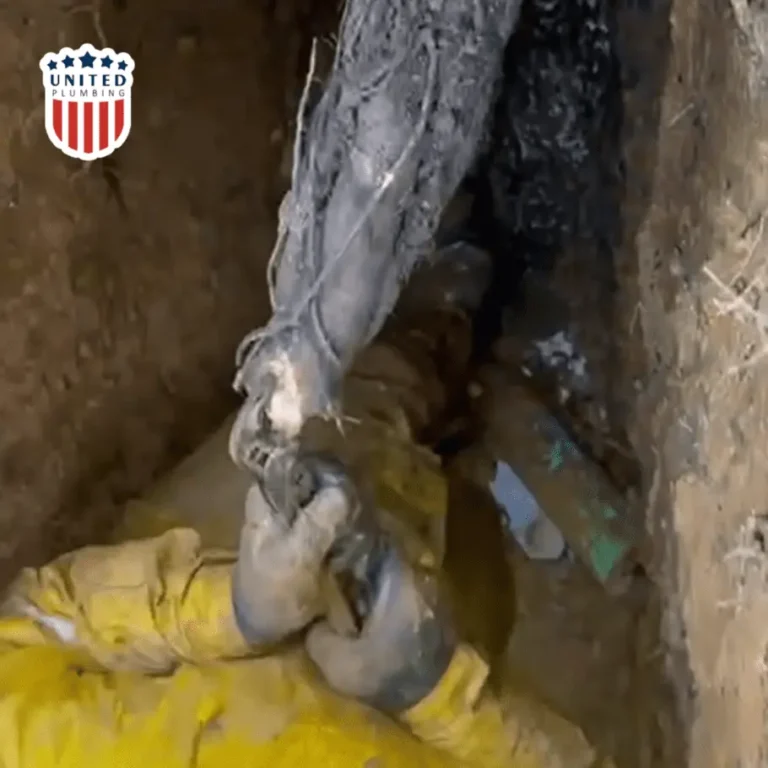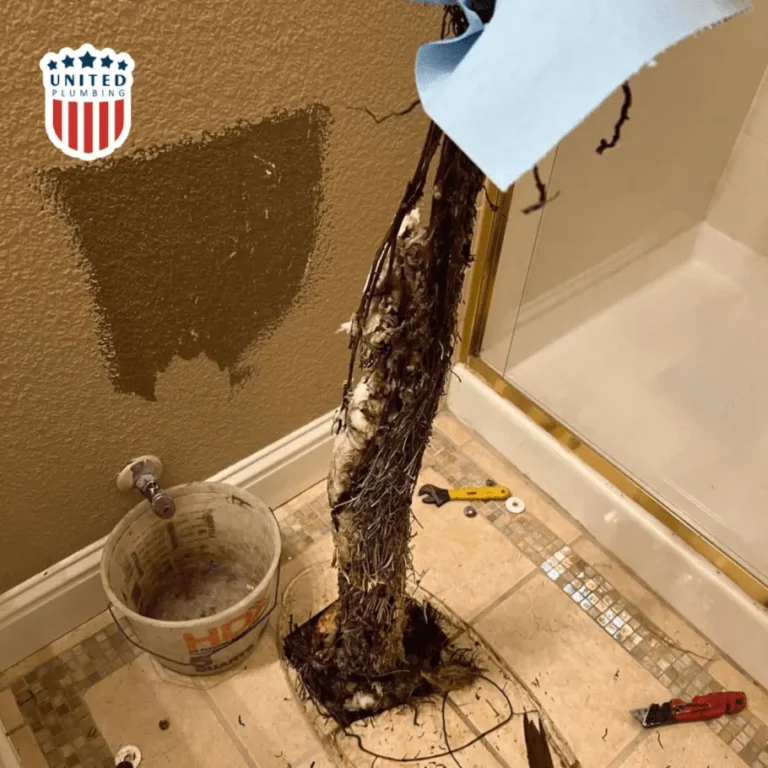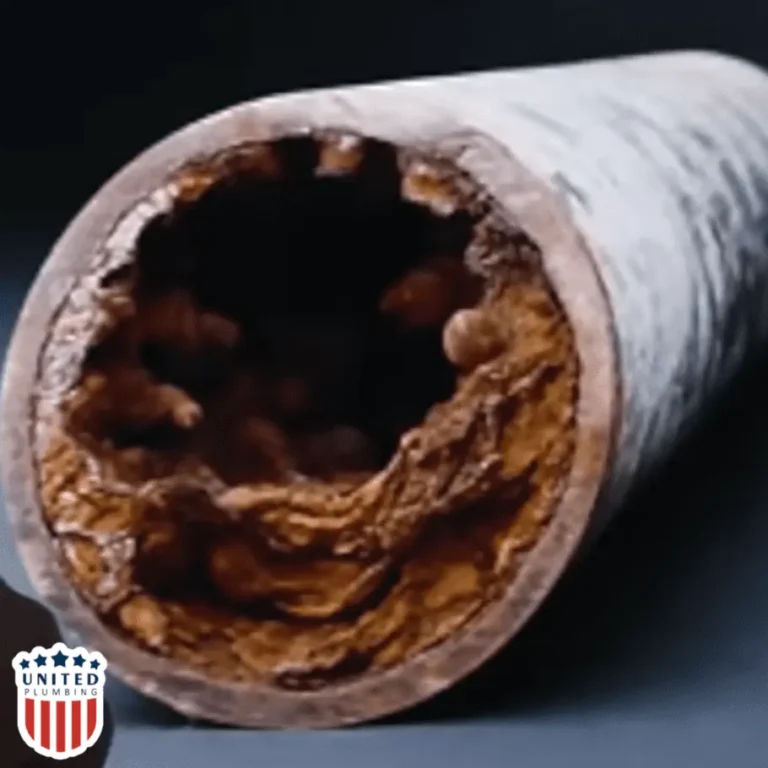FIVE-STAR TEAM WARRANTY &
SAME-DAY SERVICE
How Do Sewer Lines Become Damaged? Causes and Prevention
Sewer lines are an essential component of any modern city’s infrastructure. They are responsible for carrying wastewater from homes, businesses, and industries to treatment plants where it can be processed and cleaned before being released back into the environment. However, sewer lines are not immune to damage, and when they become damaged, it can have serious consequences for the community.
There are several ways that sewer lines can become damaged. One common cause is tree roots. As trees grow, their roots can penetrate sewer lines, causing cracks and blockages. Another cause of damage is corrosion. Over time, sewer lines can corrode due to exposure to chemicals and other substances. This can cause the pipes to weaken and eventually fail. Extreme weather conditions, such as heavy rain or freezing temperatures, can also cause damage to sewer lines. When the ground shifts due to heavy rain or freezing, it can cause the pipes to crack or break. Understanding the causes of sewer line damage is essential for preventing and addressing these issues.
Common Causes of Sewer Line Damage
Tree Root Intrusion
One of the most common causes of sewer line damage is tree root intrusion. Trees and other large plants have roots that can grow deep into the ground and spread out in all directions. These roots can often find their way into sewer lines, causing blockages and damage. Tree root intrusion can be especially problematic in older sewer lines that are made of clay or other porous materials. As the roots grow, they can cause cracks and other forms of damage to the pipes, leading to leaks, backups, and other issues.


Corrosion and Wear
Another common cause of sewer line damage is corrosion and wear. Over time, sewer lines can become corroded or worn down due to exposure to chemicals, water, and other elements. This can lead to leaks, cracks, and other forms of damage that can impact the overall health of the sewer system.
Corrosion and wear can be especially problematic in areas with high levels of acidity in the soil or water. In these cases, sewer lines may need to be replaced or repaired more frequently to prevent further damage.

Temperature Variations and Ground Movement
Finally, temperature variations and ground movement can also cause damage to sewer lines. In areas with extreme temperatures or frequent freeze-thaw cycles, sewer lines can expand and contract, leading to cracks and other forms of damage.
In addition, ground movement caused by earthquakes, landslides, and other natural disasters can also impact the health of sewer lines. In these cases, it may be necessary to inspect and repair sewer lines more frequently to prevent further damage.
Indicators of Sewer Line Issues
Frequent Clogs and Backups
One of the most common indicators of sewer line issues is frequent clogs and backups. If the sewer line is damaged, it can cause blockages that prevent wastewater from flowing properly. This can lead to backups in sinks, toilets, and other plumbing fixtures. If you notice that your drains are slow to empty or that you are experiencing frequent clogs, it may be a sign that your sewer line is damaged.
Unusual Lawn Patches
Another indicator of sewer line issues is unusual lawn patches. If your sewer line is damaged, it can cause wastewater to seep into your lawn. This can lead to patches of grass that are greener or lusher than the surrounding areas. It can also cause depressions or sinkholes to form in your lawn. If you notice any unusual lawn patches, it may be a sign that your sewer line is damaged.
Odor and Mold Growth
A third indicator of sewer line issues is odor and mold growth. If your sewer line is damaged, it can cause wastewater to leak into your home. This can lead to unpleasant odors and mold growth in your walls, floors, and ceilings. If you notice any strange smells or mold growth in your home, it may be a sign that your sewer line is damaged.
In conclusion, if you notice any of these indicators, it is important to contact a professional plumber to inspect your sewer line. Early detection and repair can help prevent costly and inconvenient sewer line failures.
Is an Eectric Water heater worth it in 2024?
Post views: 704
Latest posts

How Long Do Water Heaters Last? Typical Lifespan by Type (Homeowner’s Guide)
Your water heater works quietly behind the scenes every single day until one day it doesn’t. One of the most common...

Electrical Panel Upgrade California: Costs, Safety & When You Need One
An electrical panel upgrade in California is one of the most important safety and performance improvements a...


If you still have questions or need advice, please leave a request and we will contact you as soon as possible
Need a plumber and got no clue where to start?
(408) 539-6936Facing a plumbing issue? Get a FREE in-person estimate and quick solutions from our skilled technicians, ensuring your home runs smoothly again!
